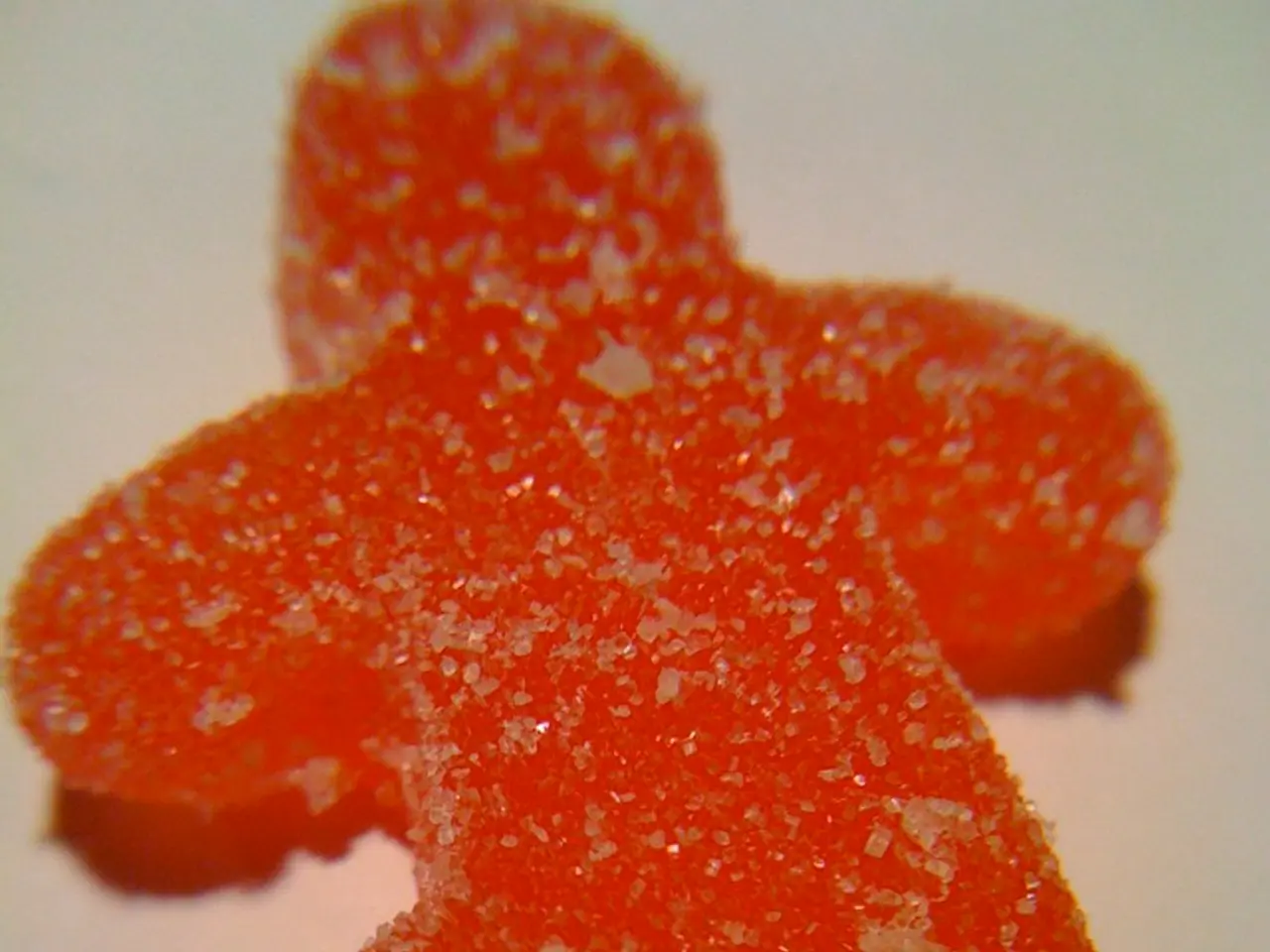Candies' Attraction Rooted in Impact of Intestinal Microbes
Sugary Cravings: A Gut Bacteria Connection
Ever felt like your gut is calling out for a candy bar, despite your promises to curb those sweet tooth habits? It might not just be in your head – researchers are now linking a certain gut bacteria to our sugar cravings!
In a groundbreaking study published in Nature Microbiology, a team led by Dr. Yong Q. Chen from China's Jiangnan University uncovered surprising connections between our appetite for sweets and the microbes that inhabit our guts. The scientists explored the role of a protein called free fatty acid receptor 4 (FFAR4) in regulating fat metabolism in mice. But when the team switched the mice to a high-sugar diet, they stumbled upon an interesting twist – instead of influencing fat preference, FFAR4 seemed to be modulating sugar cravings!
In mice with lower levels of FFAR4, a stronger preference for the high-sugar diet was observed. Delving deeper, the researchers found that individuals with diabetes had significantly lower levels of FFAR4, hinting at a potential link between this protein and metabolic disorders.
Now, here's the kicker – the scientists also noticed a decrease in the abundance of a gut microbe called Bacteroides vulgatus in mice with lower FFAR4 levels. This microbe produces a metabolite called pantothenate, also known as vitamin B5. Pantothenate triggers the production of the hormone GLP-1, a key player in appetite regulation.
This intricate dance between host, receptors, hormones, and gut bacteria underscores the complex relationship between our bodies and the microbiota that call our guts home. Physiologist Sergueï O. Fetissov from the University of Rouen Normandy in France applauds the researchers for uncovering this interaction between the host and the microbiome, stating that the identification of pantothenate from B. vulgatus as a molecule stimulating GLP-1 secretion and reducing sugar cravings could shed light on potential treatments for type 2 diabetes.
Eliza Caffrey, a microbiology and immunology doctoral candidate at Stanford University, sees promise in the potential of vitamin B5 supplementation or drug interventions to increase FFAR4 levels. However, she stresses the need for further research before these findings can be translated into practical treatments for metabolic conditions.
While this study reveals the role of B. vulgatus in influencing GLP-1 production and sugar preferences, much remains to be uncovered. For instance, other gut microbes like Escherichia coli have been found to stimulate GLP-1 release as well. Chen's team acknowledges the need for further exploration to compare B. vulgatus with other factors regulating GLP-1 production, hinting at a more intricate web of interactions within our gut microbiome.
In conclusion, this study sheds light on the role of gut bacteria and their impact on our cravings and hormonal responses. As we continue to delve deeper into the fascinating world of the gut microbiome, it's becoming increasingly clear that our little gut buddies have a significant impact on our bodies – in ways we never imagined.
- This study linking gut bacteria to sugar cravings could potentially provide insights into the health-and-wellness sector, as understanding these connections might lead to novel strategies for managing chronic diseases, such as type-2 diabetes.
- The researchers' discovery of Bacteroides vulgatus's role in GLP-1 production could pave the way for medical-conditions treatments, perhaps through nutritional interventions or drug developments that influence FFAR4 levels.
- The complex interplay between gut bacteria, host receptors, hormones, and metabolic conditions, as shown in this research on sugar cravings, emphasizes the profound influence of fitness-and-exercise, nutrition, and science on maintaining overall health.
- As more research is conducted, we may find that additional chronic diseases, beyond type-2 diabetes, are tied to gut bacteria and their metabolites, providing a further avenue for science to explore in the health-and-wellness realm.




